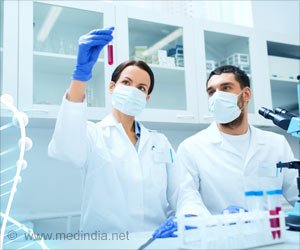
‘As we age the number of mutations in the muscle's stem cells accumulate and these mutations impair muscle cell regeneration.’
Tweet it Now
"What is most surprising is the high number of mutations. We have seen how a healthy 70-year-old has accumulated more than 1,000 mutations in each stem cell in the muscle, and that these mutations are not random but there are certain regions that are better protected," explains Maria Eriksson, Professor at the Department of Biosciences and Nutrition at Karolinska Institutet. The mutations occur during natural cell division, and the regions that are protected are those that are important for the function or survival of the cells. Nonetheless, the researchers were able to identify that this protection declines with age.
"We can demonstrate that this protection diminishes the older you become, indicating an impairment in the cell’s capacity to repair their DNA. And this is something we should be able to influence with new drugs," explains Maria Eriksson.
The researchers have benefited from new methods to complete the study. The study was performed using single stem cells cultivated to provide sufficient DNA for whole genome sequencing.
"We achieved this in the skeletal muscle tissue, which is absolutely unique. We have also found that there is very little overlap of mutations, despite the cells being located close to each other, representing an extremely complex mutational burden," explains the study’s first author, Irene Franco, Postdoc in Maria Eriksson’s research group.
Advertisement
"We aim to discover whether it is possible to individually influence the burden of mutations. Our results may be beneficial for the development of exercise programmes, particularly those designed for an ageing population," explains Maria Eriksson.
Advertisement
Source-Eurekalert















